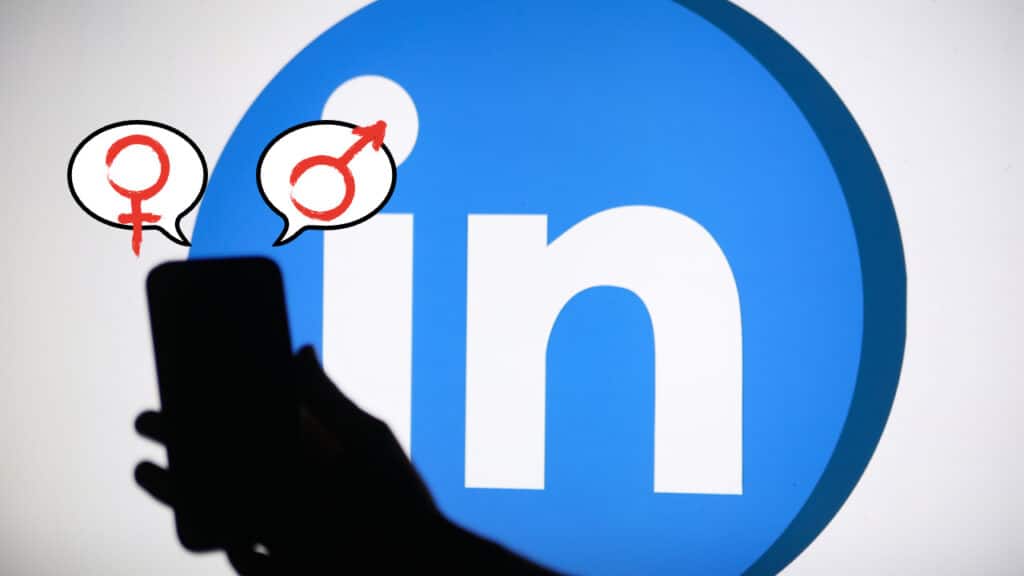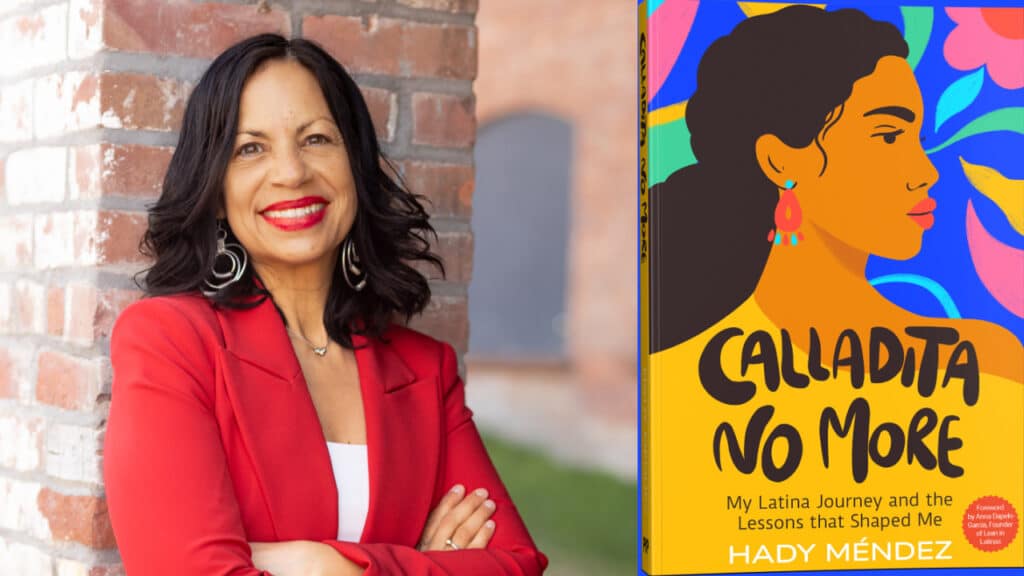Recession Hair, Press-On Nails, Canceled Therapy: If Women Are Spending Less, the Recession’s Already Started
Forget Wall Street forecasts. If you want to know how the economy’s really doing, look at women’s spending. From stretching salon visits to canceling therapy sessions, women across the country are shifting how, where, and why they spend. And that shift? It’s becoming one of the most telling signs that a recession may not just be coming—it may already be here.
What ‘Recession Hair’ Tells Us About Economic Reality
The term “recession hair” has been trending on TikTok, but it’s not just about ditching salon visits—it’s about economic strategy. According to USA Today, more women are coloring their hair at home or letting their roots grow out to save money. Google searches for “blonde to brunette hair” rose 17% in early 2025, a sign that high-maintenance looks are being swapped for affordability.
Jordan Baird, a stylist in Georgia, told USA Today her clients are candid about cost: “I cannot afford this … this many weeks. I can afford this three times a year.” She adapts by offering low-maintenance options like balayage and color melts to extend the time between visits. Black women, as Kimberly Erinkitola shared, are navigating this shift too, often taking on chemical relaxers and braiding at home to avoid salon costs of $100–$120 per session.
Women Are Making the Harder Cuts—and That Says a Lot
When the economy tightens, women are often the first to adjust. According to NewsNation, economist Anwesha Majumder from the National Partnership for Women and Families explained that women tend to cut personal luxuries before household essentials. This leads to what we now recognize as “recession hair,” skipped manicures, and fewer Uber rides.
It’s not just theory—it’s showing up in spending data. The Wall Street Journal reported that spending on general merchandise by women dropped by 1% in the three months ending in February 2025. Half of that dip came from apparel alone.
“Women are the lion’s share of the apparel business,” retail analyst Marshal Cohen told WSJ. “When I see women pulling back, that signals to me there is a pullback in discretionary spending.”
This Recession Trend Starts With Hair, but Doesn’t End There
From press-on nails (up 10% in Google searches) to DIY fashion hacks, women are recession-proofing their lives in real time. Miranda McClellan, a 30-year-old in TV production safety, told WSJ she’s skipping manicures, re-dyeing old sweatpants instead of buying new ones, and even learning to sew from TikTok tutorials.
“I’m trying to shop in my own closet,” she said. But even with side gigs and budgeting, she admitted: “The rules of the game have changed. I was told if I got a big corporate job I would have financial security… and I could retire with a big 401(k).”
Another woman, Aeyrn Briscoe, 25, told WSJ she canceled her Amazon Prime and Netflix subscriptions and uses ChatGPT for mini therapy sessions. “Therapy is expensive,” she said. “No one has an extra $200 to spend to talk to someone.”
Why Women’s Spending Is the Ultimate Recession Indicator
It’s not a coincidence. Women drive up to 80% of all consumer spending, according to Capital One Shopping Research. They’re also the primary shoppers for households in nearly every category—from groceries to clothing to healthcare.
So when women pull back, it’s not just about their budgets—it’s a signal for the entire economy. The University of Michigan’s consumer sentiment survey shows that while both men and women feel pessimistic in 2025, women feel it more acutely. “They’re perceiving similar risks,” said survey director Joanne Hsu, “but women tend to feel a little less positive.”
Recession or Not, Women Are Already Acting Like It’s Here
Even without a formal declaration of recession, the symptoms are showing. The Wall Street Journal reported that consumer sentiment has plunged to its lowest level since 2022. Women are the ones adapting first: canceling ride shares, reducing streaming, and skipping meals out.
Stephanie Umeh, a nurse practitioner in New York, told WSJ she stopped ordering food delivery. “I’m tired of paying $30 for cold pad thai,” she said. Now, she takes the subway, cooks more at home, and prays, “Things get better before they get worse.”
USA Today noted that beauty and hair may seem recession-proof, but even these industries are feeling the shift. “People want to look good and feel good,” said Kearney Consumer Institute’s Katie Thomas, but now they’re finding cheaper ways to do it. Some women are embracing their gray hair. Others are choosing hair color techniques that last longer between salon visits.
The Recession Conversation Can’t Ignore Gender
Women already face a heavier economic load. They earn less on average, spend more on healthcare, and are the primary caregivers and grocery shoppers in most households. According to the Bureau of Labor Statistics, women spent more on housing, food, and healthcare than men in 2021, despite earning less.
Capital One Research confirms women are responsible for 70% to 80% of purchasing decisions. So their budget cuts don’t just reflect fear—they reshape industries.
When Latina Spending Shifts, the Economy Feels It
And when it comes to economic impact, Latinas are a powerhouse. According to the U.S. Latina GDP Report, Latinas contributed $1.3 trillion to the U.S. economy in 2021—more than the GDP of Florida. Their labor force participation increased by nearly 33% from 2010 to 2021, outpacing that of non-Hispanic women.
As Dr. David Hayes-Bautista put it, “U.S. Latinas… are combining the extraordinary and selfless work ethic of their elders with rapid growth of human capital to give life to the U.S. economy.”
So when Latinas—and women more broadly—start recession-proofing their lives, it’s not just personal. It’s national. It’s global.
Women’s Choices Are the Economy’s Warning System
Recession isn’t always a Wall Street crash or a presidential address. Sometimes it’s quieter: a skipped manicure, a canceled therapy session, a DIY dye job. However, when women change how they spend, it’s time to take notice.
Because if women are pulling back, it means the economy already has.




